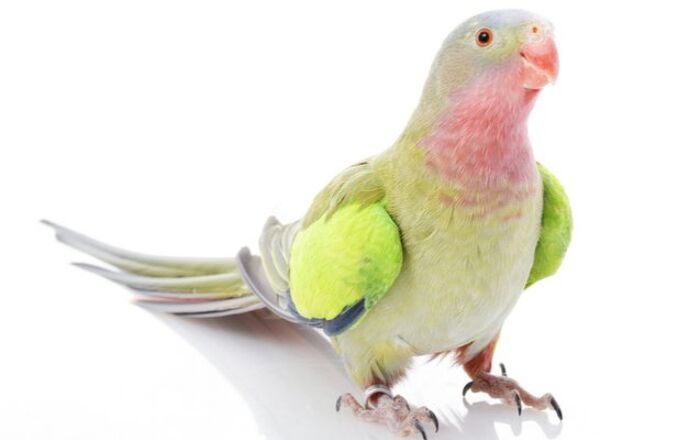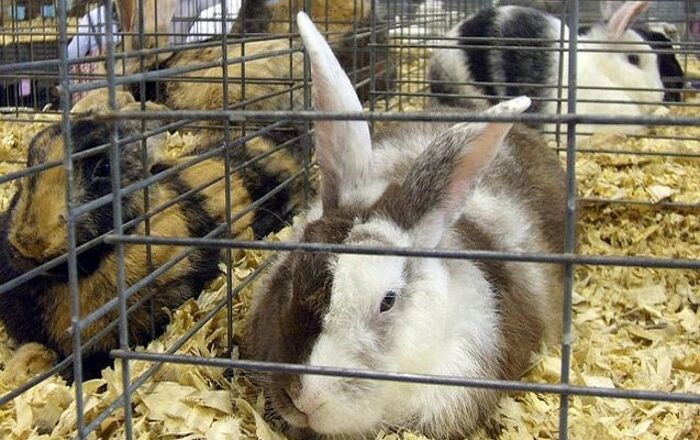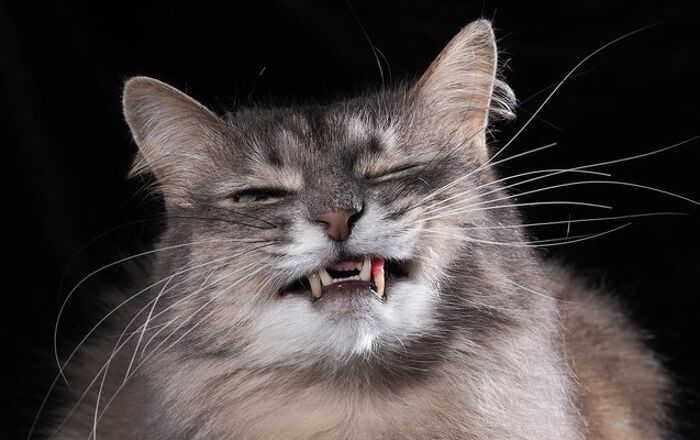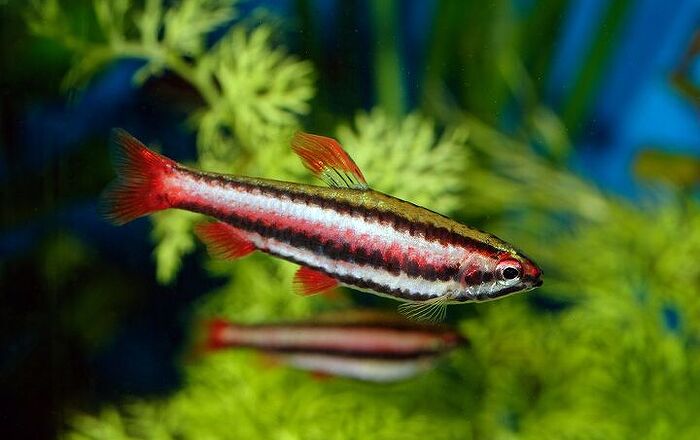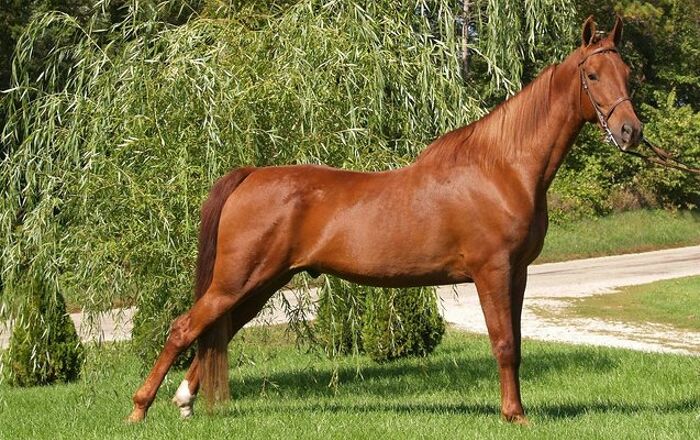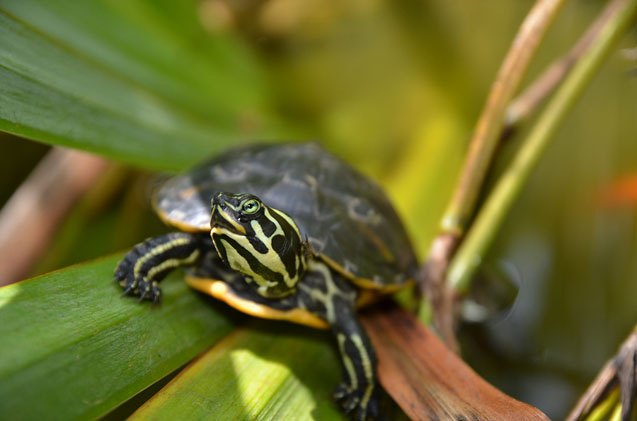
Yellow-Bellied Slider General Info
The world of pet turtles is a diverse one: there are many breeds of turtles and each has its own characteristics that could potentially make it a better choice of pet for your family’s needs. The Yellow-Bellied Slider is an attractive turtle that will need a lot of space as it grows- in the first three years of its life, it can be housed in a smaller tank around 40 gallons, but it will eventually require an aquarium that’s at least 75 gallons. Not unlike most land and water turtles, Yellow-Bellied Slider will not like being handled and petted, so if you are looking for a cuddly and overly affectionate pet, a turtle might not be the best choice for you.
The Yellow-Bellied Slider belongs to the group of diurnal turtles, or in other words- turtles that are active during the day. They love munching on chopped veggies or insects in the morning, and will spend the day basking in the sun- in the wild, it would be on a floating log or on the shore. In captivity, your pet turtle will depend on you to provide a suitable environment for it to thrive. Even though they are not as well known or as popular as the similar Red-Eared Slider, these animals are a good choice for those who wish to add a turtle to their family.
The Yellow-Bellied Slider is an attractive turtle that makes a great pet.
Native Habitat
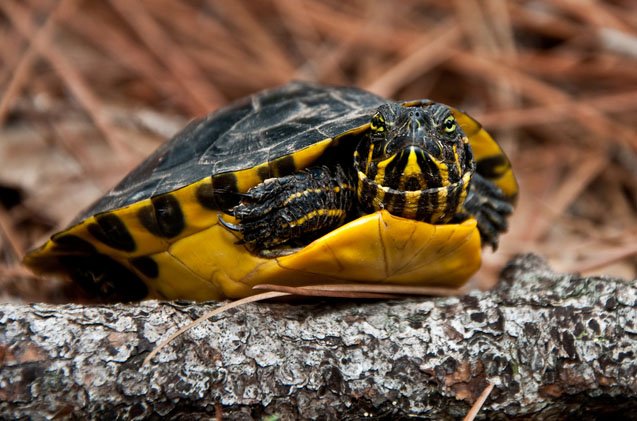
You can find the Yellow-Bellied Slider throughout the southeastern portion of the United States, from Virginia to Alabama. They are a subspecies of pond sliders, semi aquatic turtles that are most popular as pets.
These turtles can be found in a variety of freshwater habitats that include marshes, lakes, permanent ponds, floodplain swamps, slow-moving rivers, and seasonal wetlands. They prefer bodies of water that are shallow and that provide plenty of aquatic vegetation, basking areas, and soft bottoms.
Overall Description
At first glance, especially if you are new to the world of pet turtles, it can be difficult to easily distinguish between similar subspecies. But, in the case of Yellow-Bellied slider it’s distinguishing mark is in its name- the underside of the species is yellow and often features markings similar to the shape of a question mark. It also has yellow S-shaped stripes on its neck.
As for the rest of their body, Yellow-Bellied Sliders feature an oval carapace and a rounded jaw. Females are usually larger than males. Females reach 8 to 13 inches in length and males remain between 5 and 9 inches in size. Also, males will have a thick, long tail and will showcase darker colors than females as they grow and mature.
Colors
The Yellow-Bellied Slider has distinct markings that make it stand out. You will quickly notice this turtle’s pretty yellow stripes, which are found on the legs, neck, and head. There is also a bright orange, red, or yellow spot on the sides of the turtle’s head.
The carapace ranges in color from brown to olive, and it also features yellow bars or stripes. However, these yellow or golden markings are more common for young specimens, and as they age, Yellow-Bellied Sliders have more of a muted brownish carapace. Also, the plastron, which is yellow, can feature dark blotches on the bony plates.
Yellow-Bellied Sliders do well in community tanks, as long as they are housed with similar turtle breeds.
Environment
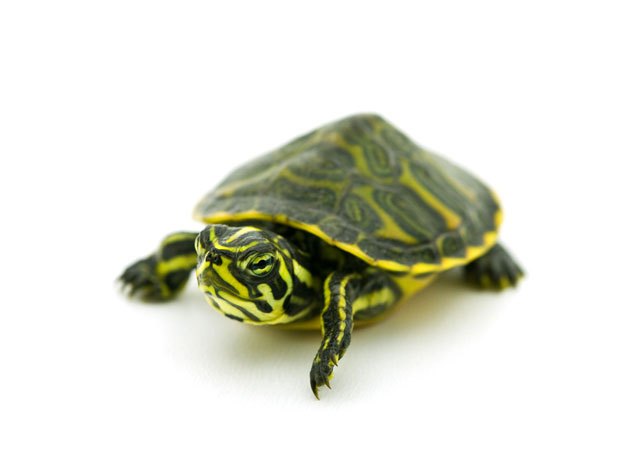
You will need to provide your Yellow-Bellied Slider with a large aquarium of at least 60 gallons for a single turtle. Hatchlings should not be housed in an aquarium that is smaller than 15 gallons. If you plan on housing more than one turtle in the same enclosure, you should add an extra 20 gallons for each turtle, as a minimum.
Always use a high quality water filtration system to ensure the freshwater is kept pure at all times. Maintain the water temperature anywhere from 75-80°F with the help of a submersible water heater. And make sure the water is deep enough that your turtle can totally submerge himself and swim around comfortably. A good recommendation for water depth is around 18”.
Yellow-Bellied Slider Turtles enjoy basking, so you will need to provide your pet with a basking area that is large and comfortable. The material should be non-abrasive and your turtle should be able to dry off completely. Use a heat lamp to keep the basking area’s temperature anywhere from the high 80s to low 90s Fahrenheit. The rest of the air temperature in the tank should be kept anywhere from the low to mid 80s Fahrenheit. Also set up a UVB light bulb over your turtle’s enclosure.
In terms of substrate, you can decide whether or not you would like to include it in your turtle’s tank. Using a substrate could make your turtle’s tank harder to clean, and you will need a highly efficient water filtration system as well to help you keep the substrate clean. If you are going to use a substrate, choose gravel that is larger than what your turtle would be able to swallow.
In addition to filtration, you will need to perform complete water changes on a regular basis in order to maintain the water quality.
Yellow-Bellied Sliders are highly sociable animals.
Care Requirements
Because the Yellow-Bellied Slider is a turtle that follows an omnivorous diet, you will be able to feed your pet a variety of foods. These include insects, fish, certain types of worms, vegetables and non-toxic aquatic plants. Good options for Yellow-Bellied Slider are small feeder fish, crickets, wax worms, mealworms, chopped vegetables, and commercial turtle food. Not only will these types of food be particularly yummy to your new pet, but they will also provide all essential nutrients your turtle needs to thrive and stay healthy.
Behavior
Yellow-Bellied Sliders do well in community tanks, as long as they are housed with similar turtle breeds, such as Red-Eared Sliders, Painted Turtles, Cooters, and Map Turtles. Just be sure that you can give your turtles a large enclosure in order to give each animal enough space and hiding places, and always keep an eye out for aggressive behaviors between your turtles. Of course, when it comes to tanks that include fish, the general recommendation is not to mix the two. A Yellow-Bellied Slider feeds on some types of fish and probably wouldn’t hesitate making a snack out of your other aquatic pets, so be sure not to house them together.
Overall, Yellow-Bellied Sliders are highly sociable animals, and even those turtles that are shy at the beginning will become more comfortable in a short period of time. It is always best to purchase turtles that have been bred in captivity, as they will be more comfortable around humans and you can rest assured that they were not taken out of their wild habitats. Still, it’s important to reiterate that even captive-bred turtles will not be as friendly as other types of pets, but there are plenty of other merits to pet reptiles and your Yellow-Bellied Slider will quickly show them to you.
Giving your turtle a high quality enclosure and keeping the handling of your Yellow-Bellied Slider to a minimum will help keep your pet happy and healthy.
Photo credit: Andrjuss/Bigstock; cmspic /Bigstock; Jay Ondreicka/Bigstock





